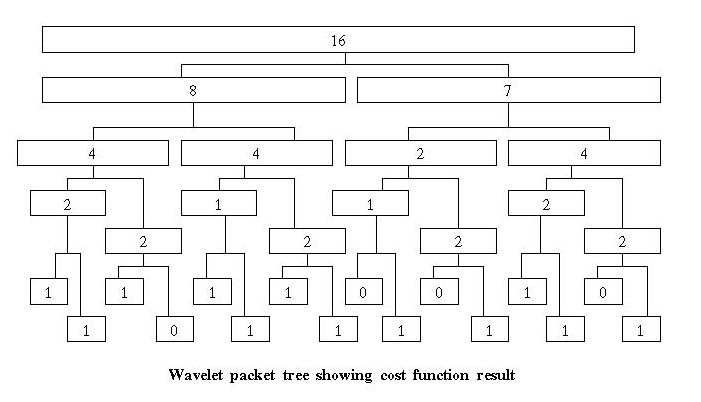Ripples In Mathematics The Discrete Wavelet Transform Pdf To Jpg

Ripples In Mathematics The Discrete Wavelet Transform.pdf Dark Captive (376 reads) Pool Party (203 reads) The Shining (152 reads) Safe Harbor (280 reads). Applying the Haar Wavelet Transform to Time Series Information. This was the first web page I wrote on Wavelets. Hubbard is a science writer, not a mathematician, but she mastered. Admire her for). Nievergelt writes clearly. Pretty much left me behind at the chapter on Fourier transforms. Online download ripples in mathematics the discrete wavelet transform Ripples In Mathematics The Discrete Wavelet Transform Following your need to always fulfil the.

Prerequisites: Math 250 Introduction to Linear Algebra and Math 251 Multivariable Calculus. Introduction to Signal and Image Processing by Discrete Fourier and Wavelet Transforms This course begins with some topics in linear algebra not covered in Math 250 (such as complex vector spaces, linear transformations, and Fourier series). It then develops the theory of the discrete Fourier transform and the new theory of discrete wavelet transforms. These mathematical tools can separate a digitized audio signal (or two-dimensional image) into low frequency components (coarse outline) and high frequency components (detailed features) in a computationally effective way.
Then the signal or image can be compressed or noise can be removed using these components. The course will involve several MATLAB computer projects.
Some prior knowledge of MATLAB is helpful but not necessary. A general familiarity with computers and some basic programming skills are needed. Purchase of MATLAB software is not required, since you can use the MATLAB software in the ARC and other public computer labs at Rutgers. We will also use the public-domain wavelet software package Uvi_Wave (which runs under MATLAB). Fall 2014 Schedule There is no schedule information for this semester. This course is taught during the Spring term.
Textbook by Roe W. Goodman (World Scientific Publishing) Available in hardcover, paperback, and e-book formats. Other Resources • Survey of course topics by Roe Goodman • links • Wikipedia page on • An article on and the JPEG 2000 algorithm based on the CDF Wavelet transform (which is studied in this course). • An article on by C. Beneteau and P. Van Fleet (from Notices of the American Mathematical Society, May 2011) that outlines all the mathematical topics covered in the course with many interesting examples of image processing.
• The MIT Open CourseWare page of Gilbert Strang's course. • books and links Other Recommended Books (not required for course) A. Blackened Sky Biffy Clyro Raritan there. Jensen and A. La Cour-Harbo, S. Baixar Filmes Grátis No Celular.
Allen Broughton and Kurt Bryan, James S. Walker, Course Materials • • • MATLAB Assignments • Project 1: Digital Signals and Vector Graphics • Project 2: Convolution and Discrete Fourier Transform • Project 3: Haar Wavelet Transform • Project 4: Implementation of Wavelet Transforms • Project 5: Image Analysis by Wavelet Transforms For Project 2 you will use the Finite Fourier transform graphic user interface Matlab m-file. Here is the link to download this m-file: For Projects 4 and 5 you will use the Uvi_Wave collection of Matlab m-files for wavelet transforms (developed at the University of Vigo, Spain). Here is the link to download these m-files: (unzip the file to use the package) Note: You can run Matlab on your own computer (without buying the program) by using the Rutgers X-application server. • Click on this link.
• Log in to the apps server using the connect button at the upper right-hand corner of the screen and your Rutgers NetID. • From the Main Menu at the lower left corner of the apps server toolbar, click on Education and then on Matlab • From the Main Menu click on Internet and then on Firefox Web Browser to access the Uvi_Wave files from the math 357 course web page. • Copy the fftgui.m file and the whole unzipped Uvi_Wave directory into a directory that your create on the X-apps server. Then set the Ma. This material is posted by the faculty of the Mathematics Department at Rutgers New Brunswick for informational purposes.